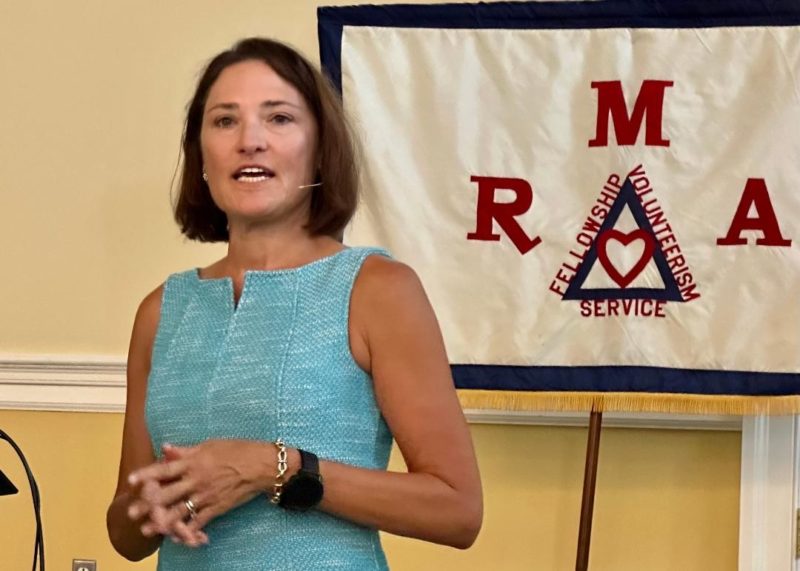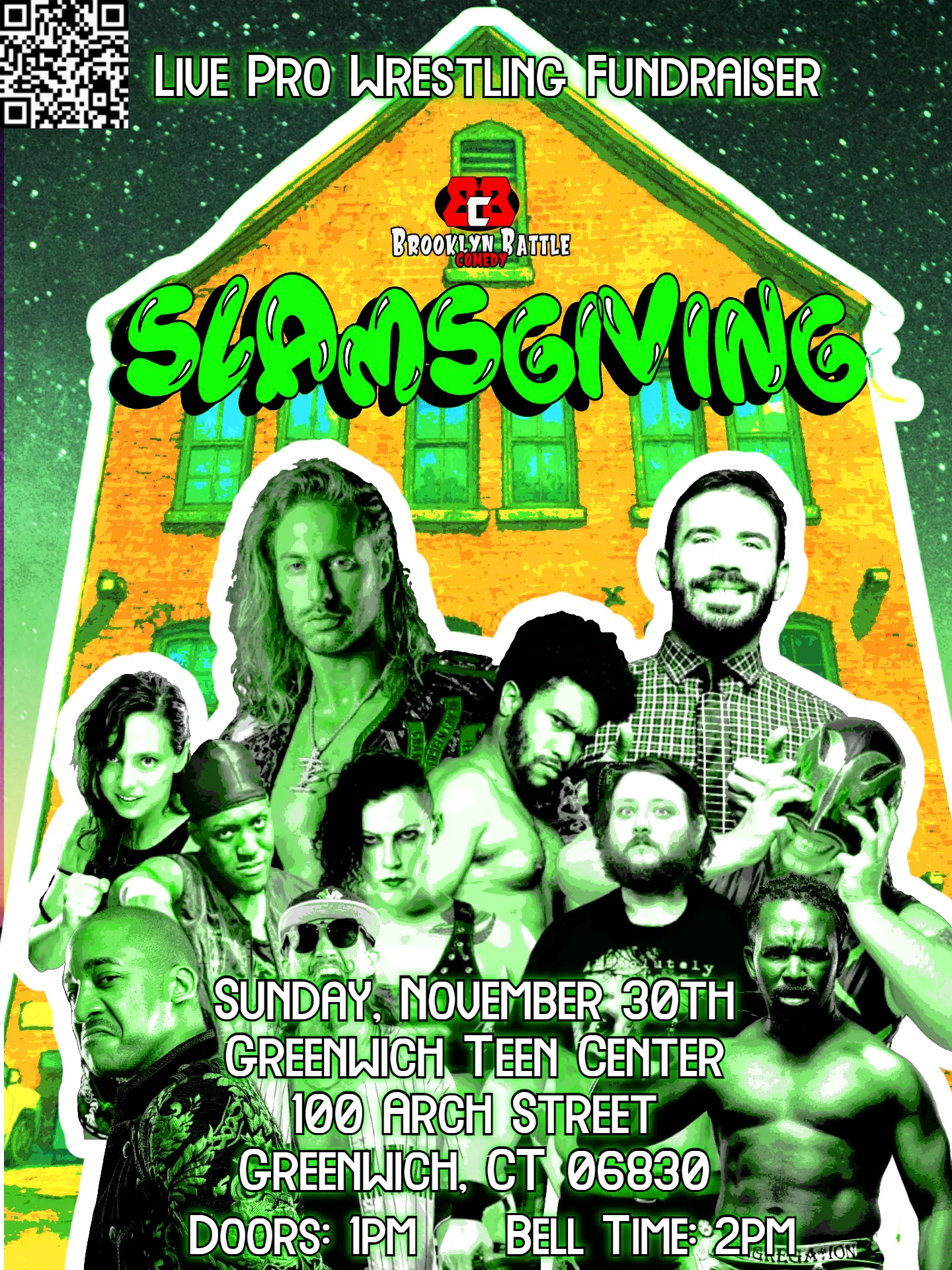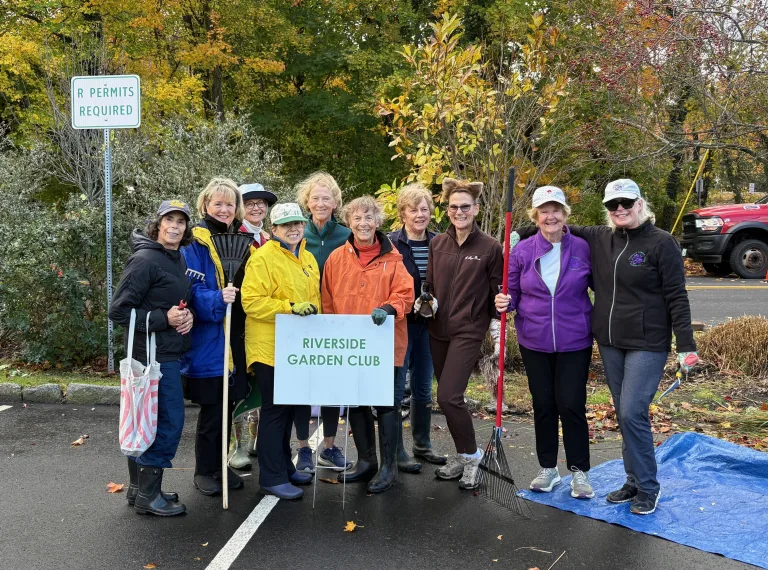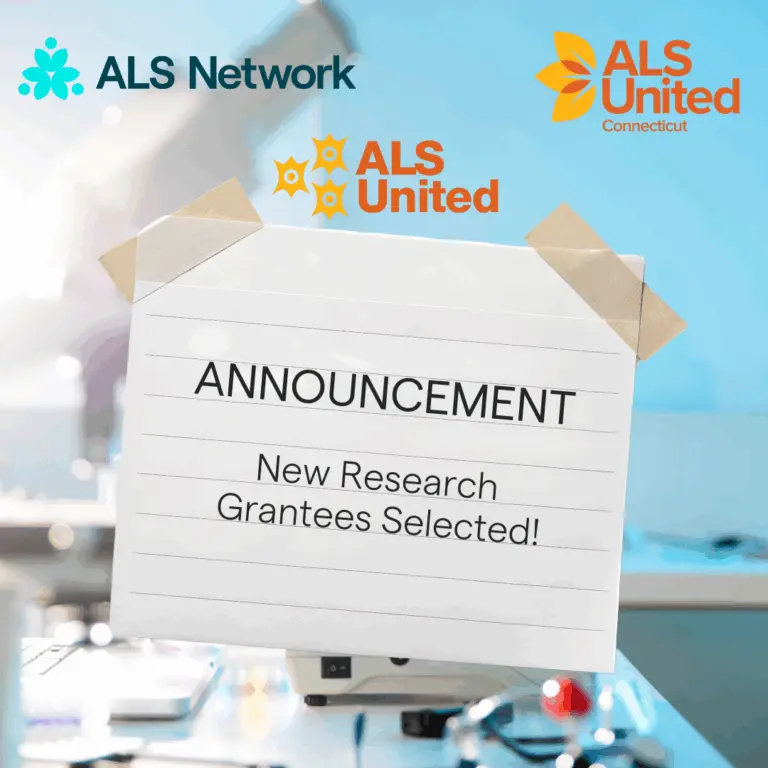
By Fred Wu
At the July 31 meeting of the Retired Men’s Association Arthur Stampleman introduced Joie Cooney, who gave a presentation on the history of Native Americans in the Greenwich and Rye area, drawing on information from local historical societies. Joie is a longtime Rye resident and a member of the Board of Trustees at the Rye Historical Society. Besides lecturing and leading walking tours on local history, she is an independent consultant for healthcare technology startups. Joie is a graduate of the College of William and Mary and obtained her MBA from Columbia Business School.
Joie began by acknowledging the challenges in telling this story, as northeastern Native Americans did not have a written language and much of what we know comes from biased European accounts or limited archaeological evidence. Native peoples have lived in the area for at least 12,000 years, though the land settled into its current form around 6,000 years ago. From the Archaic to late Woodland periods, Native Americans in the region developed agriculture, pottery, and bow and arrow technology. This allowed for more settled communities and population growth, though the coastal people in Greenwich and Rye still practiced seasonal migration between inland winter sites and coastal summer locations.
The Native people of the Greenwich/Rye area were part of the Lenape, specifically the Munsee Lenape subgroup. Cooney emphasized that many tribe names used historically were inaccurate European labels, and the descendants today prefer to be called Munsee Lenape. The Lenape inhabited a large area from the Delaware River to the Connecticut River and were organized into matrilineal clans. European contact began in the late 15th century with explorers like Verrazzano and Henry Hudson. As colonial settlements expanded in the 17th century, conflict increased between Europeans and Natives. Cooney highlighted Kieft’s War as a particularly brutal period, with Dutch forces massacring hundreds of Native men, women and children.
The founding of Greenwich and Rye involved a series of land transfers from Native sachems to European settlers. Cooney explored some of the possible motivations behind these transfers, including changing land values, need for European goods/currency, and attempts to play European powers against each other. However, she noted the immense challenges Natives faced, including epidemics that could wipe out 90% of a community. By the mid-1700s, Native peoples had largely disappeared from the Greenwich/Rye area. Some converted to Christianity and joined “praying Indian” communities, some intermarried with Europeans or Africans, and many moved west or north to join other tribes. Cooney emphasized how Native identities were often erased through “paper genocide” – being classified as “black” or “mulatto” in official records rather than Indian. Despite this history of dispossession and cultural erasure, Lenape peoples have survived. There are several federally recognized Lenape tribes today, as well as state-recognized groups like the Ramapough Lenape in New Jersey. These communities are working to preserve their culture and reconnect with their ancestral homelands.
Key points from the Q&A session:
The Rye Historical Society does some outreach to local schools on Native history, though Cooney hopes to expand this. It can be difficult to identify Lenape individuals today without them self-identifying, due to centuries of intermarriage and cultural assimilation. The Munsee language was part of the Algonquian language family, distinct from Iroquoian languages but related to other coastal tribes’ languages. There were Native burial grounds in the area, including one at the site of Playland in Rye. Many were disturbed by later development. Native “villages” in this area were not permanent settlements, but seasonal camps that moved between summer and winter locations. The federally recognized tribes have more resources and legal rights than state-recognized groups. There’s ongoing activism around federal recognition and land reclamation.
Cooney concluded by emphasizing that Lenape peoples are “still here” – while they may not be highly visible in Greenwich or Rye today, there are vibrant Lenape communities working to maintain their culture and reconnect with their ancestral lands. She encouraged people to learn more about these contemporary Native nations and their ongoing efforts to preserve their heritage.
The presentation highlighted the complex, often tragic history of Native-European interactions in the colonial period. It challenged simplistic narratives about Native “disappearance” by tracing the various ways Lenape peoples adapted, resisted, and ultimately survived centuries of dispossession and cultural oppression. By connecting this local history to present-day Native communities, Cooney provided a more complete picture of the enduring Native presence in American society.
The talk can be viewed by going to the RMA website at https://greenwichrma.org, and clicking on “Speakers.”
The RMA’s upcoming presentation, “The Money Kings: The Epic Story of the Jewish Immigrants Who Transformed Wall Street and Shaped Modern America,” by Daniel Schulman, is scheduled for 11 AM on Wednesday, August 14, 2024. “The Money Kings” is the incredible saga of the German-Jewish immigrants—with now-familiar names like Goldman and Sachs, Kuhn and Loeb, Warburg and Schiff, Lehman and Seligman—who profoundly influenced the rise of modern finance, and so much more.
Joseph Seligman arrived in the United States in 1837, with the equivalent of $100 sewn into the lining of his pants. Then came the Lehman brothers, who would open a general store in Montgomery, Alabama. Not far behind were Solomon Loeb and Marcus Goldman, among the “Forty-Eighters” fleeing a Germany that had relegated Jews to an underclass. These industrious immigrants would soon go from peddling trinkets and buying up shopkeepers’ IOUs to forming what would become some of the largest investment banks in the world. They would clash and collaborate with J. P. Morgan, E. H. Harriman, Jay Gould, and other famed tycoons of the era. And their firms would help to transform the United States from a debtor nation into a financial superpower, capitalizing American industry and underwriting some of the twentieth century’s quintessential companies, like General Motors, Macy’s, and Sears. Along the way, they would shape the destiny not just of American finance but of the millions of Eastern European Jews who spilled off steamships in New York Harbor in the early 1900s, including Daniel Schulman’s paternal grandparents.
Dan Schulman is a New York Times best-selling author and journalist whose work has appeared in publications including the Atlantic, Boston Globe Magazine, the Los Angeles Times, Politico, Vanity Fair, the Washington Post, and Mother Jones, where he is the magazine’s deputy editor overseeing news and political coverage. He is the author of “Sons of Wichita,” a biography of the Koch brothers. He lives outside of Boston with his wife and sons.
To stream the presentation by Daniel Schulman at 11 AM on Wednesday, August 14, click on https://bit.ly/30IBj21. This presentation will also be available on local public access TV channels, Verizon FIOS channel 24 and Optimum (Cablevision) channel 79. The public is also invited to attend the presentation in person at the First Presbyterian Church of Greenwich at 1 West Putnam Avenue.
Note: The views expressed in these presentations are those of the speakers. They are not intended to represent the views of the RMA or its members.
RMA speaker presentations are presented as a community service at no cost to in-person or Zoom attendees, regardless of gender. Any member of the public who would like to receive a weekly email announcement of future speakers should send a request to members@greenwichrma.org. The RMA urges all eligible individuals to consider becoming a member of our great organization, and thereby enjoy all the available fellowship, volunteer, and community service opportunities which the RMA offers to its members. For further information, go to https://greenwichrma.org/, or contact members@greenwichrma.org.




